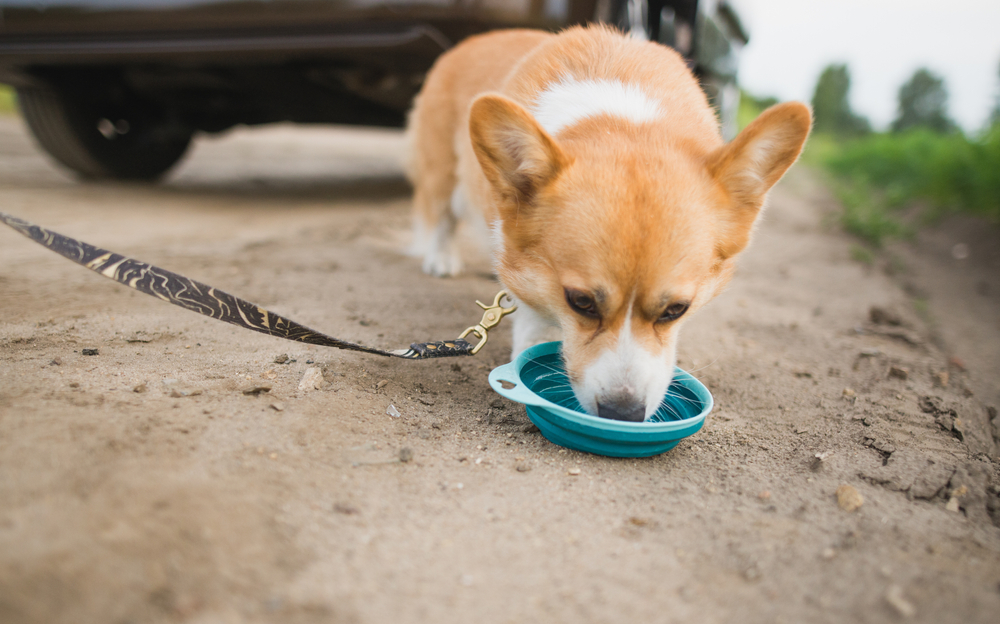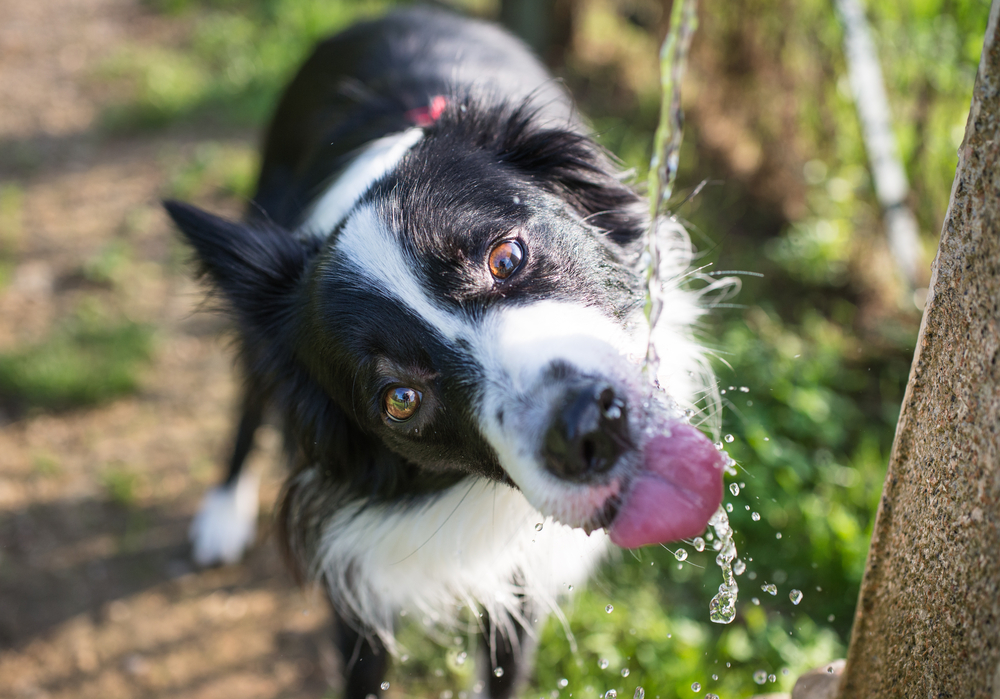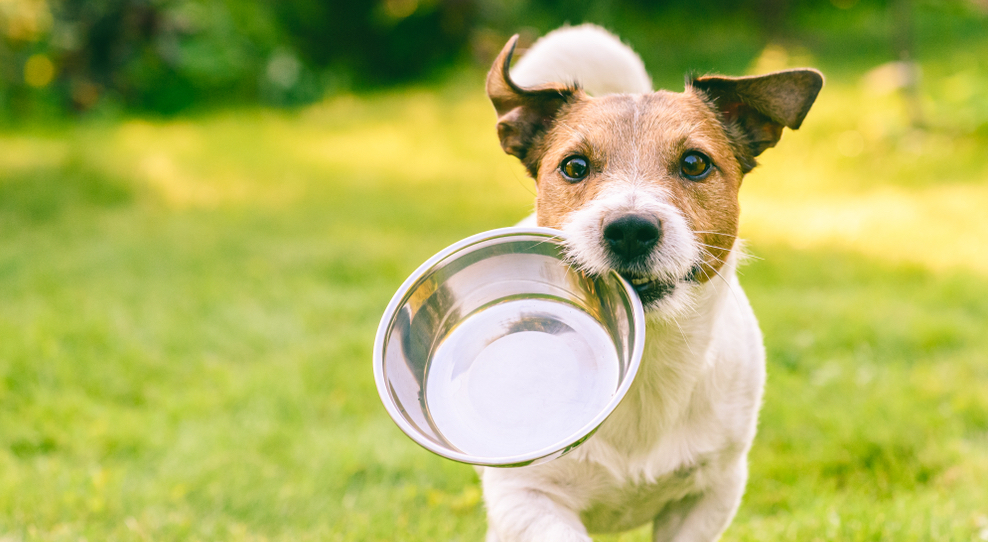
Why Is My Pet Drinking So Much Water? Signs of Illness vs. Summer Thirst
Summer Heat & Hydration: What’s Normal?
– Is your pet drinking constantly throughout the day?
– Are they urinating more frequently or having accidents indoors?
– Do you have to refill their water bowl more than usual—even after accounting for the heat?
When Is Excessive Thirst a Red Flag?
Diabetes in Pets: Signs to Watch For
Diabetes occurs when your pet’s body can’t regulate blood sugar properly. Besides excessive thirst, other signs include:
– Increased urination
– Sudden weight loss despite normal or increased appetite
– Lethargy or decreased energy
– Cloudy eyes (especially in dogs)
– Urinary tract infections
Diabetes is more common in middle-aged and senior pets, overweight pets, and certain breeds (like Dachshunds, Poodles, and Burmese cats).
Kidney Disease: A Gradual but Serious Threat
Chronic kidney disease (CKD) can develop slowly and often goes unnoticed until advanced. Early signs include:
– Drinking and peeing more than usual
– Bad breath with a chemical or ammonia-like smell
– Nausea or vomiting
– Decreased appetite
– Weight loss
– Poor coat condition
Kidney disease can affect pets of any age but is most commonly diagnosed in older cats and dogs.








